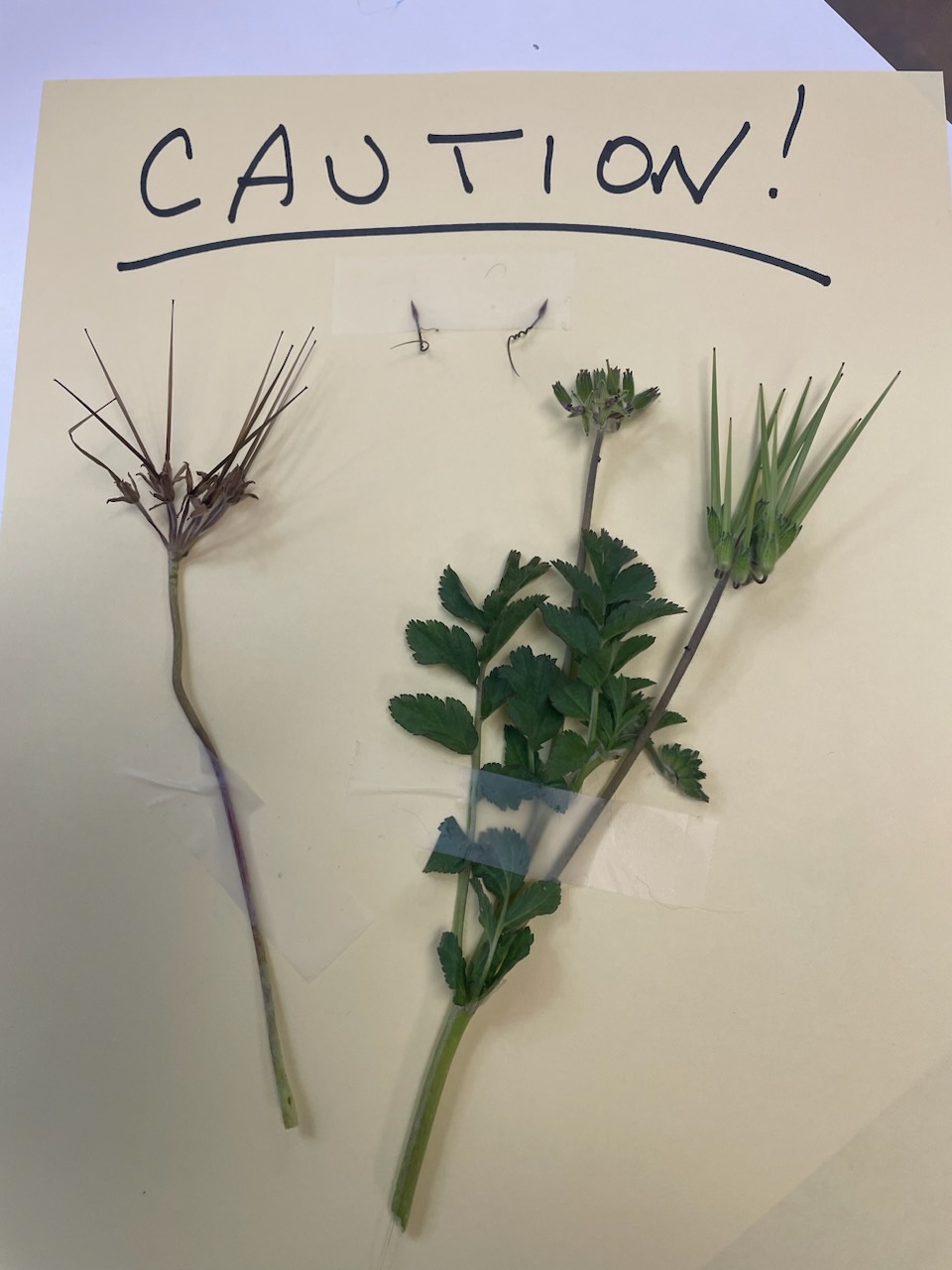Last week we looked at normal bone function. One of the most common problems we see with bones is fracture. Most breaks are due to trauma; hit by car, falls, etc. These fractures are usually best treated with surgery to provide a very stable support with pins, screws, plates or other systems of fixation. Some fractures occur secondary to thinning of the bone. Thin bone, or osteoporosis/osteopenia can be due to nutritional deficiency of calcium or vitamin D, hormonal abnormalities or even kidney failure. These can be difficult if not impossible to treat. Bone tumors are relatively common. Many tumors will cause pain and limping before they become big enough to see during an exam. Tumorous areas of bone are more likely to fracture, so if we see a bone fracture in an older pet without a history of trauma, we need to consider that there may be a tumor within the fracture site. While some bone tumors can be relatively benign if treated early, most canine bone tumors are quite aggressive and painful. There are many developmental type bone diseases we can see. Young, fast growing large breed dogs often develop inflammation of the long bones called panosteitis. This can be like growing pains or can be a pretty debilitating disease. Some youngsters will develop inflammation of the growth plates. This can be painful and damage the growth plate. Any trauma to growth plates or developmental abnormality here will lead to abnormal bone growth. The result is a shortened bone or one with excessive curvature which leads to abnormal joint stress and development.
Next week we will look at joints and ligaments. If you have a pet with an orthopedic problem, give us a call.
by Bonnie Markoff, DVM, ABVP









Leave A Comment
You must be logged in to post a comment.